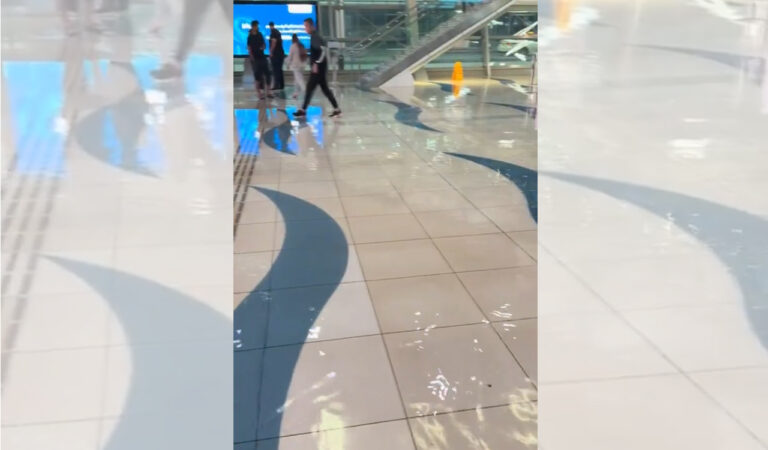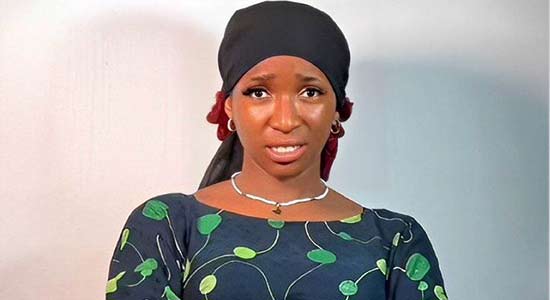
Hyderabad: Tuesday’s inundation of Dubai presents a frightening scenario of the scientific advancements being exploited to tinker with Mother Nature and the latter’s ability to hit back at the whimsicalities of mankind.
The desert city-state, often hailed as an epitome of human ambitions and aspirations, found itself at the mercy of an unprecedented meteorological event.
The desert kingdom which receives about 100 mm rainfall in a year was hammered by a rain bomb that recorded the same amount in just 24 hours. Such an anomalous fury of Nature eclipsed the sprawling urbanity of Dubai as the vital arteries of transport, including the international airport known for its global connectivity, submerged.
The city’s administration indeed used extensively the cloud seeding technique to meet its water requirements.
But Tuesday’s cloudburst laid threadbare the inability of the administration and the city’s infrastructure to withstand such exigencies.
Dubai, along with its neighbours like Saudi Arabia and Oman, has tried to harness the cloud seeding technique in which clouds are infused with silver iodide to precipitate moisture in the clouds by spraying silver or potassium iodide.
Incidentally, Oman witnessed the death of 18 of its citizens due to torrential rains only last week. Meteorologists have forecast such freak weather phenomenon and probably Dubai did not resort to cloud seeding on Tuesday, the day of the deluge.
Yet, the deluge begs the question of whether the infrastructure — a network strained beneath the sudden aqueous weight — can sustain such a bounty.
The Dubai deluge may not point only to the manipulation by cloud seeding but it also brings the widening canvas of climate change, a reality inevitably tied to the emerging peculiar scenarios all over the world. Scientists do not completely blame the Tuesday torrent on weather-altering techniques but its severity undeniably mirrors the erratic patterns climate change is known to aggravate.
The city-state, which earned the name of being the paragon of urban innovation, now faces a defining challenge. It ought to marshal all its resources to tackle such weather extremities.
The way forward is to avoid sole reliance on such weather-altering procedures and also be mindful of the resultant potential for ecological disruption.
The introduction of silver or potassium iodide to modify weather patterns is known to be detrimental to flora and fauna. What is required now is the recalibration of efforts to expand green spaces, enhance or set up water retention systems and most importantly, cross-border collaborations transcending the superficial divides of geography and politics in achieving these goals. Such an initiative would help Dubai strategise its response and also serve as a beacon of environmental stewardship to the global community.
The current challenge is not just to weather the storm, but to draft strategies and implement them to bear the brunt. The downpour that momentarily eclipsed Dubai must now serve as a clarion call, catalysing a commitment to sustainability that can endure long after the floodwaters recede.

 2 weeks ago
2 weeks ago
















 English (US) ·
English (US) ·